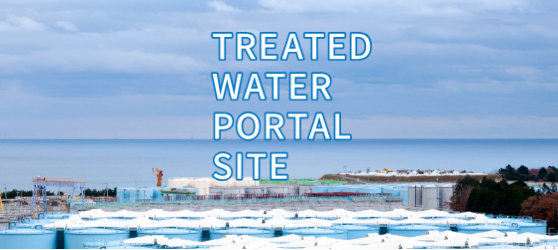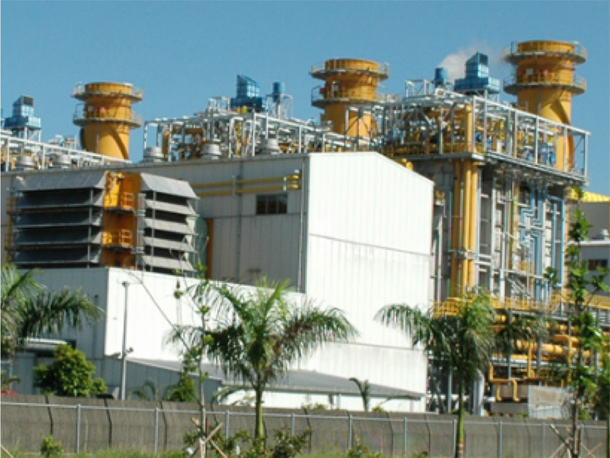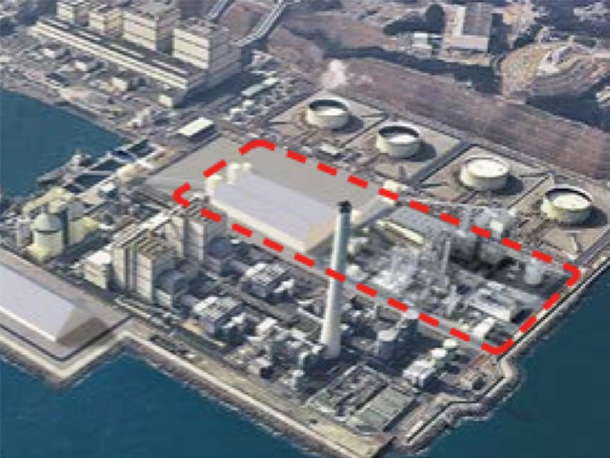Thermal Power Generation
Thermal Power Generation
Thermal power generation consists of using steam power created by burning oil, liquid natural gas (LNG), coal, and other substances to rotate generators and create electricity.
This type of generation plays a central role in supplying power because it can flexibly respond to the various ways in which power is used (demand fluctuations) as output grows larger.
Within the TEPCO Group, TEPCO Fuel & Power has been working to develop new technology, and improve existing facilities and equipment in order to increase power generation efficiency. Our thermal efficiency and environmental technology are world class.
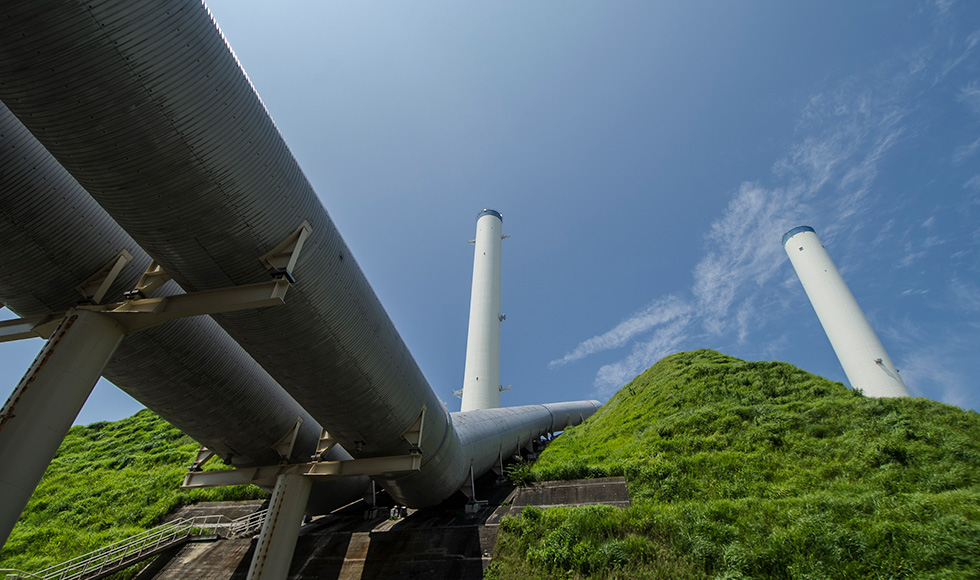
Central Role of Thermal Power Generation in Supplying Power
The majority of electricity in Japan is provided by use of thermal power generation. The adjustment of the amount of electricity provided to meet demand fluctuations is mainly performed by thermal power generation.
Thermal power stations use a wide variety of fuels to create electricity based on the ability to procure them stably and economically as well as from an environmental perspective. These include liquefied natural gas (LNG) and liquefied petroleum gas (LPG), which are clean energy sources containing no sulfur, along with petroleum fuels such as heavy oil, crude oil, and natural gas liquid (NGL), as well as coal.
General Configuration of Thermal Power Generation (ACC Power Generation)
The majority of electricity in Japan is provided by use of thermal power generation. The adjustment of the amount of electricity provided to meet demand fluctuations is mainly performed by thermal power generation.
Thermal power stations use a wide variety of fuels to create electricity based on the ability to procure them stably and economically as well as from an environmental perspective. These include liquefied natural gas (LNG) and liquefied petroleum gas (LPG), which are clean energy sources containing no sulfur, along with petroleum fuels such as heavy oil, crude oil, and natural gas liquid (NGL), as well as coal.
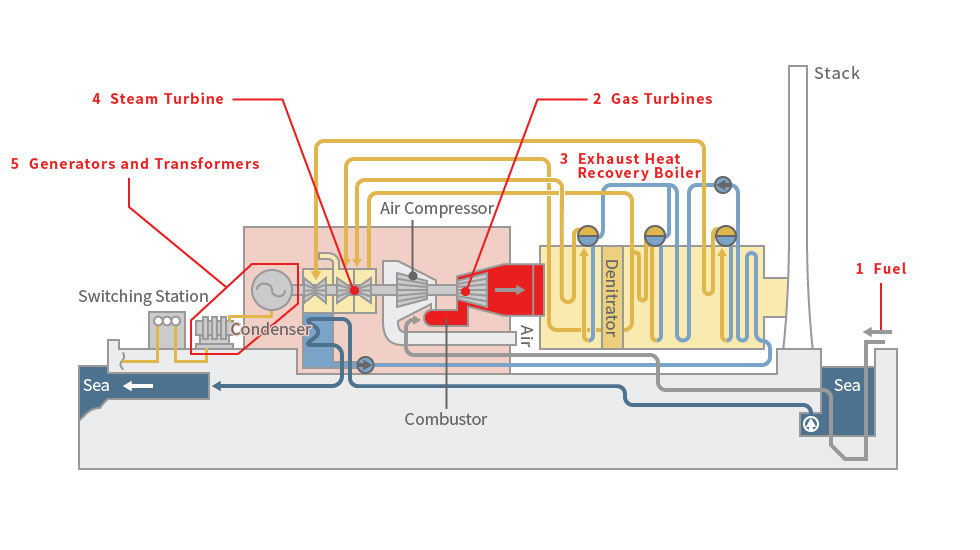
1. Fuel
Heavy/Crude Oil
Heavy and crude oil transported by ship is stored in specialized tanks, after which it is sprayed into boilers by use of pumps.
One liter of heavy oil normally produces approximately 41,000 kJ (10,000 kcal) of heat.
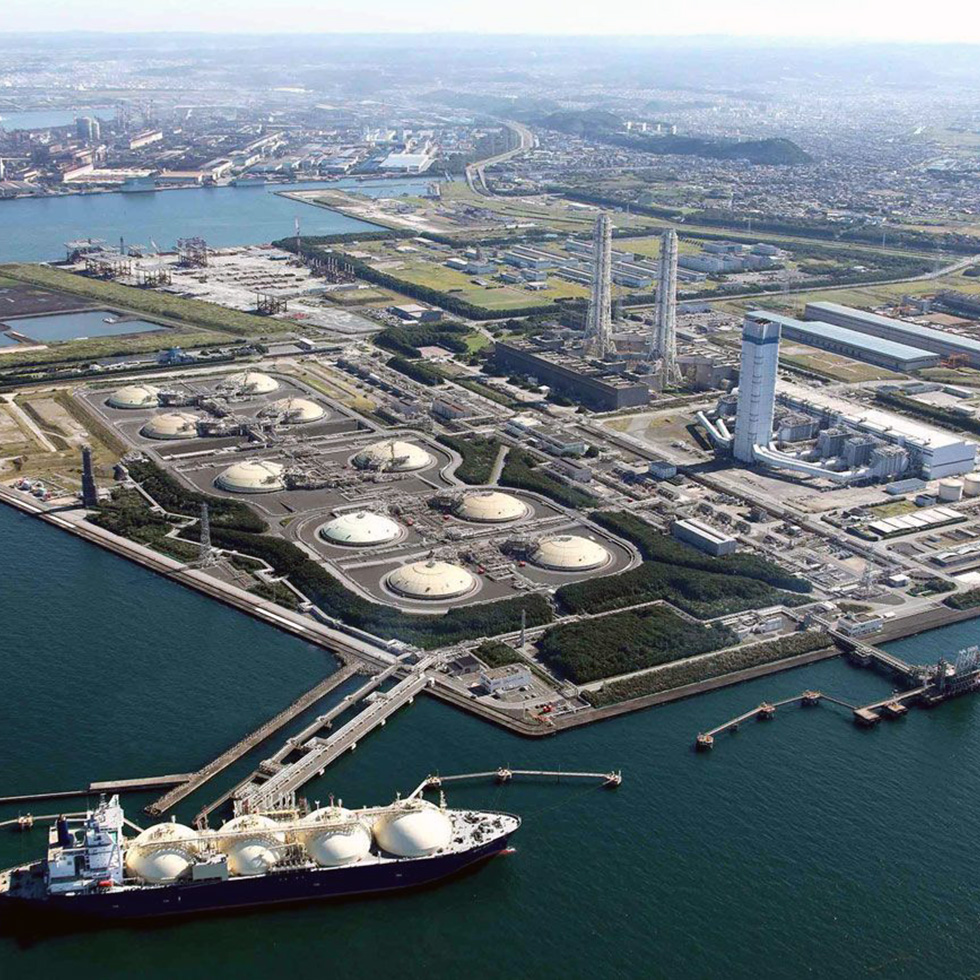
Fuel Tanks of the Futtsu Thermal Power Station
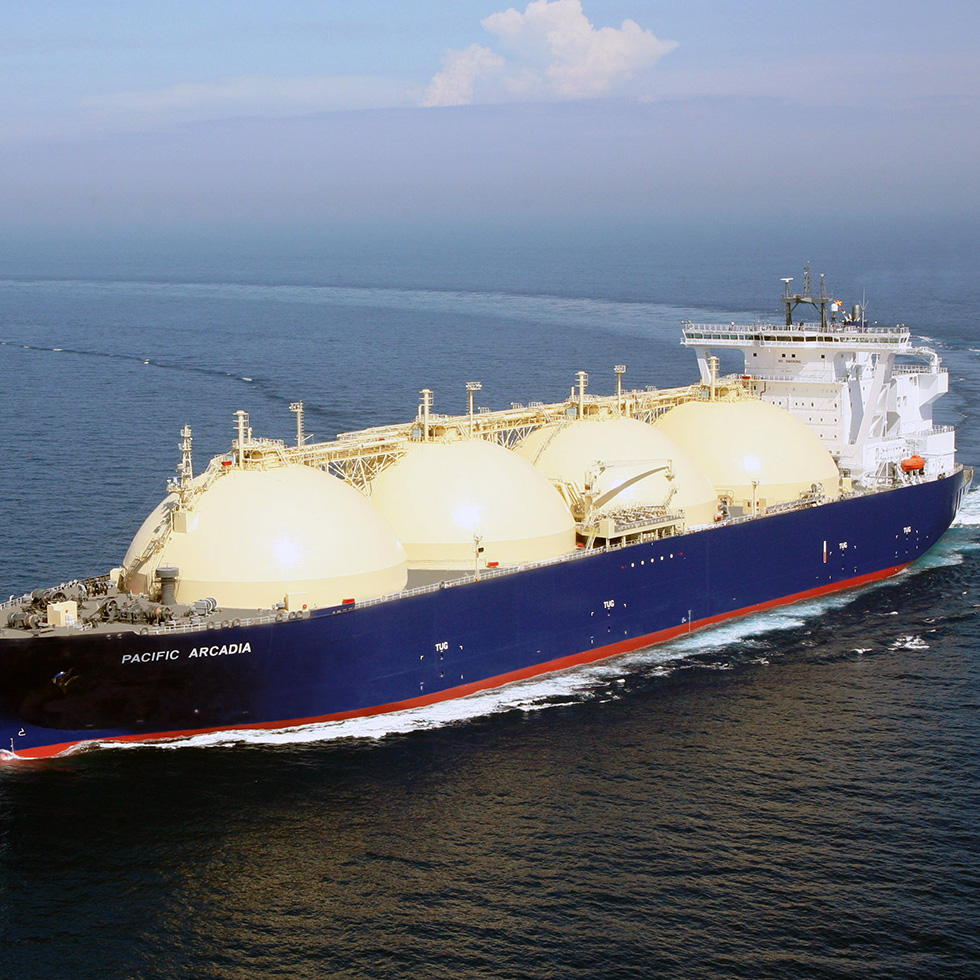
LNG Ship Berthing at the Receiving Berth of the Futtsu Thermal Power Station
LNG
Natural gas produced in Malaysia, Brunei, Das Island, Australia, and other countries is converted on-site into LNG that is stored at -162°C and with a 600-to-1 volume to be shipped by use of specialized tankers. It is then stored in fuel tanks that have a double structure like a thermos flask, after which it is converted into gas again by vaporizers and then sent to the boilers. One kilogram of LNG produces approximately 55,000 kJ (13,000 kcal) of heat.
2. Gas Turbines
Fuel amid the compressed air inside combustors is combusted to generate gas, with the resulting expansive power being used to rotate gas turbines.
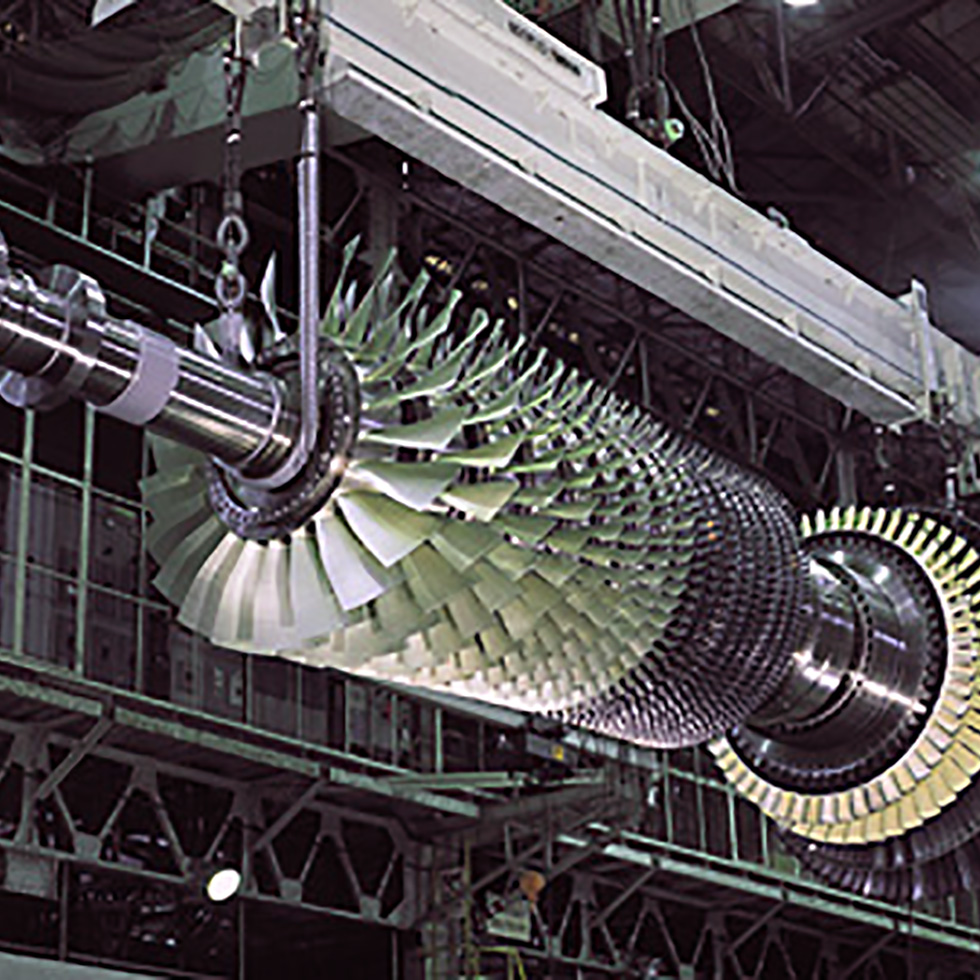
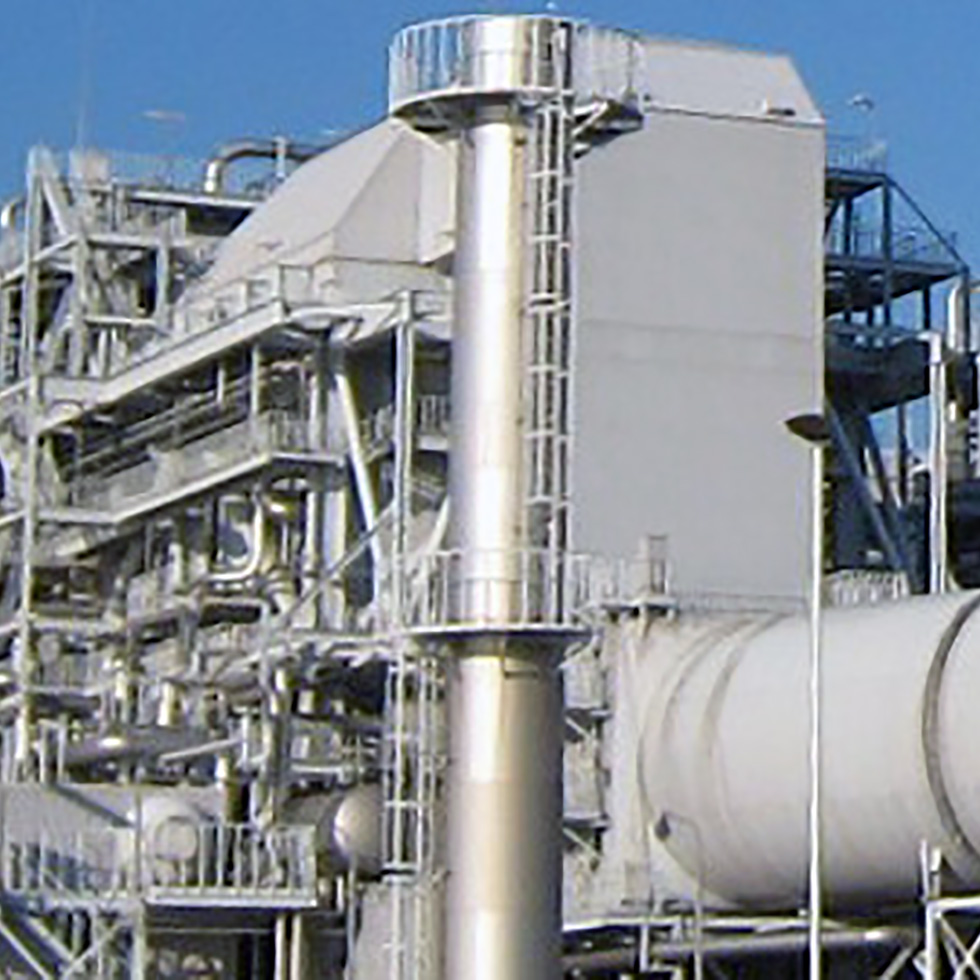
3. Exhaust Heat Recovery Boiler
The high-temperature exhaust gas remaining after driving the gas turbines is used to heat water and create steam.
This type of boiler is equipped internally with denitrators that reduce the nitrogen oxide in the exhaust gas.
4. Steam Turbines
Steam power from the exhaust heat recovery boiler is used to rotate the steam turbines.
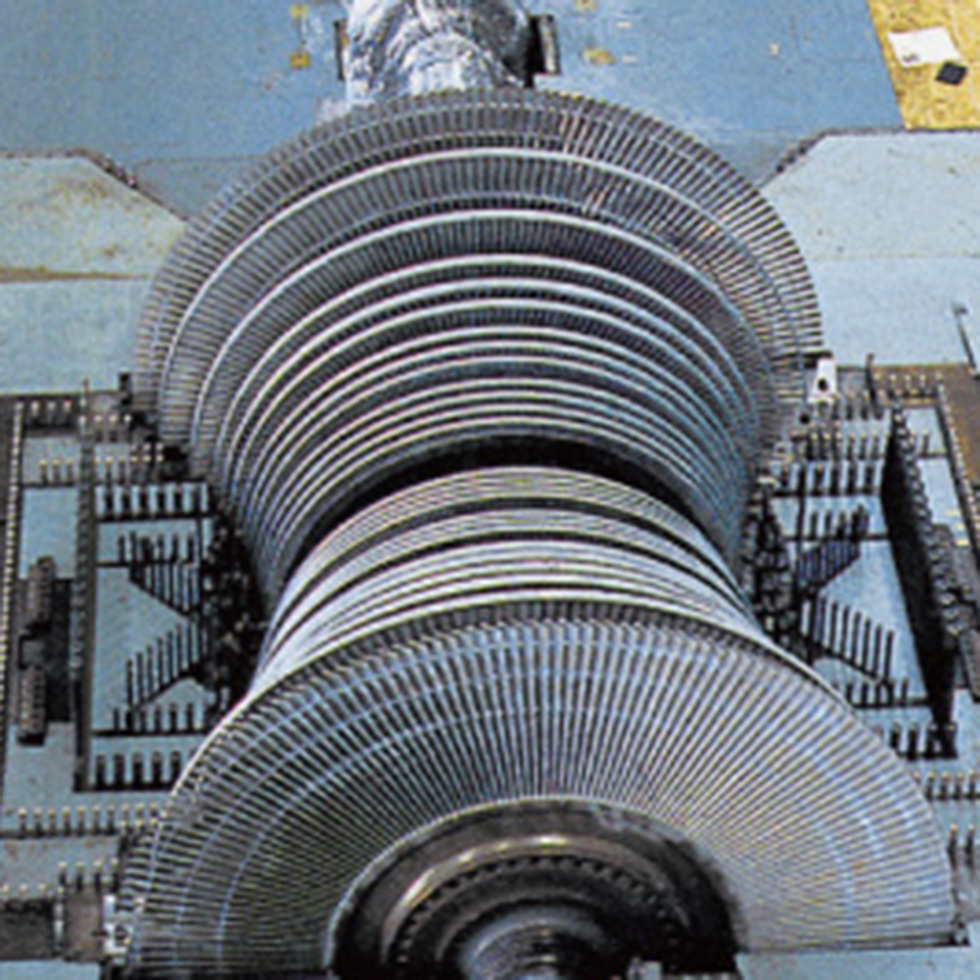
Low-Pressure Turbines of Higashi-Ohgishima Thermal Power Station Unit 2
The near side in the photo is connected to a generator.
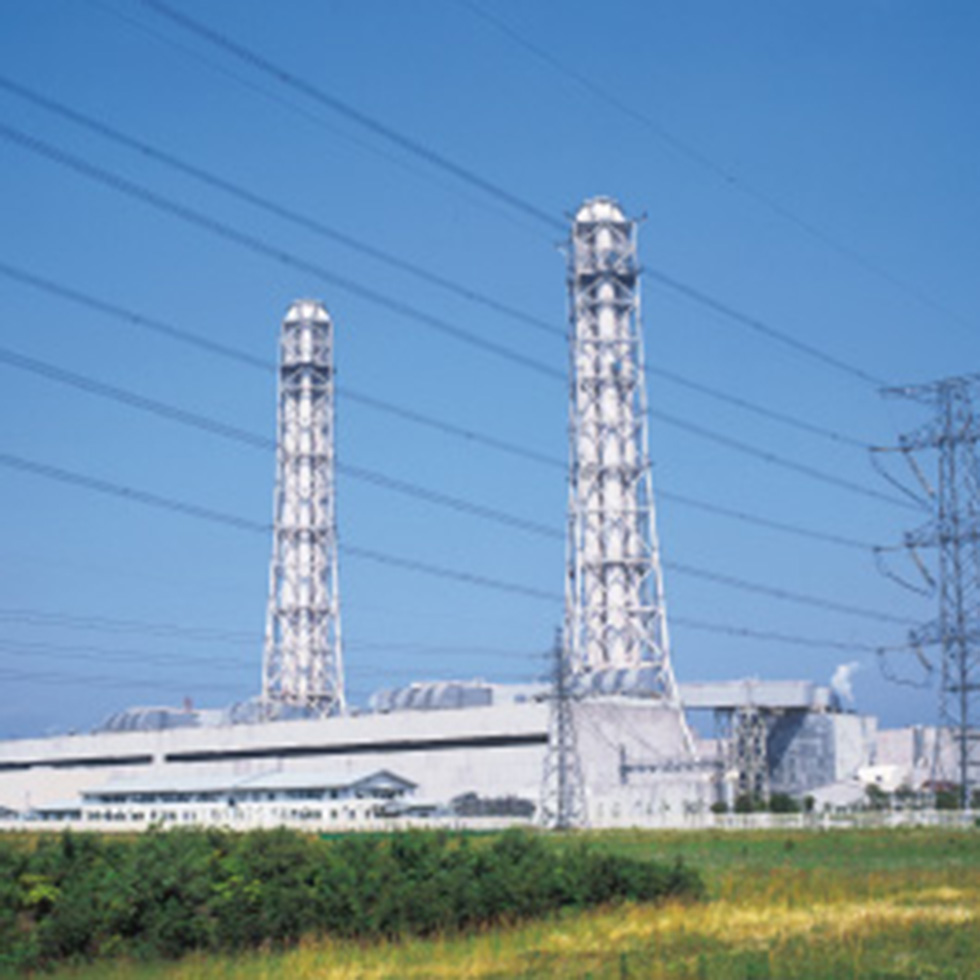
Transmission Lines from the Futtsu Thermal Power Station
5. Generators and Transformers
Transformers rotate at a high speed of 3,000 rpm, enabling them to create some 15,000 to 20,000 V of electricity. This electricity is then increased in voltage to between 154,000 to 500,000 V by the transformers inside a power station before the electricity is transmitted.











